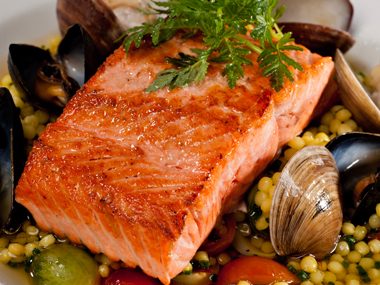
Eat PUFAs, Live Longer
According to a new study published in the Annals of Internal Medicine, diets rich in omega-3 polyunsaturated fatty acids (PUFAs) add years to your life—and especially reduce your risk of dying from certain types of heart disease. These good-for-you fats seem to play a key role in protecting the heart’s electrical rhythms.
Researchers measured blood levels of the omega-3 fatty acids EPA, DHA, and DPA in a group of 2,692 healthy, older U.S. adults in 1992, then followed them through 2008. (Importantly, the group didn’t take omega-3 supplements, getting their nutrition from food alone.) At the end, people with the highest omega-3 levels had decreased their risk of dying by 27 percent—and decreased their risk of dying from heart disease by 35 percent decreased risk of dying from heart disease—compared to the group with the lowest levels. Researchers calculated that eating food containing 2,800 milligrams of omega-3s each week—the amount in about two pieces of fish—can add 2.2 years to the lives of adults age 65 and older.

Increasing Your Omega-3s
The study also found that when it comes to omega-3 intake, a lot more is not necessarily better. “The biggest bang for your buck may be when going from no intake to modest intake, or about two servings of fatty fish per week,” lead author Dariush Mozaffarian, MD, associate professor at the Harvard School of Public Health, told Reader’s Digest in an email interview. “Higher intake adds relatively little more benefit.” Also, “it may not be only how much omega-3 you eat, but what your body does with the omega-3 after you eat it,” Mozaffarian continued.
Not a fan of fish? Read on for more ways to boost your odds of living longer.
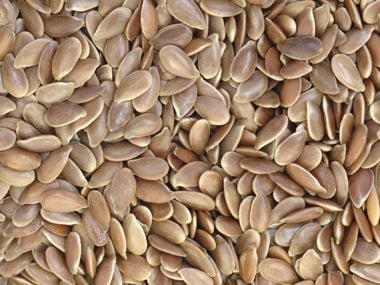
Flaxseed
An ounce of flaxseed provides a whopping 1,800 milligrams of omega-3s. Its main omega-3 is alpha-linolenic acid, or ALA, which your body converts into DHA and EPA. Add whole flaxseeds to salad for extra crunch, or stir ground flaxseeds into yogurt, cereal, oatmeal, or baked goods.
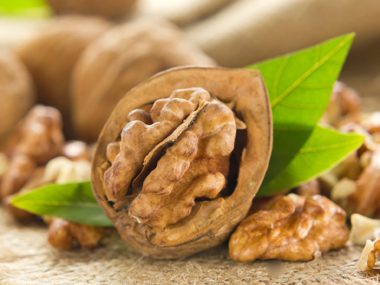
Walnuts
An excellent hunger-quenching afternoon snack, one ounce of walnuts delivers 2,600 milligrams of omega-3s, making it the highest nut source by a landslide. Eat them raw. Or, sprinkle chopped walnuts over cooked green beans or other veggie side dishes, and mix them into salads and soups.
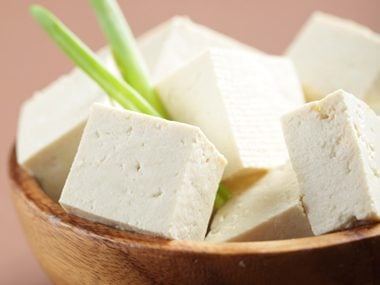
Tofu
This popular vegan protein choice also packs decent levels of omega-3s: A four-ounce serving has 300 milligrams. Swap it for meat in stir-fries, salads, and soups.
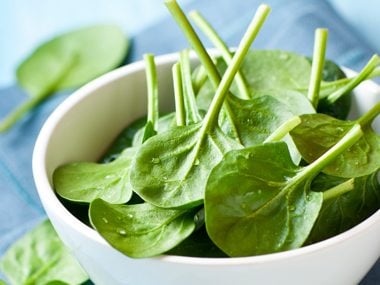
Spinach
File it under “who knew?” Yes, spinach (as well as kale and collard greens) has about 100 milligrams of omega-3s per half-cup serving.
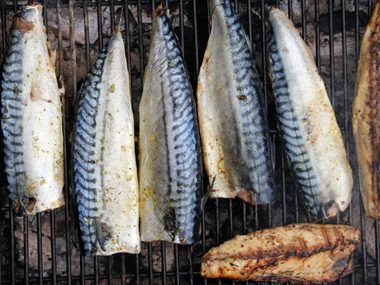
Mackerel
Salmon gets the best omega-3 rap, but it turns out mackerel boasts more per serving (2,200 milligrams per four-ounce serving to salmon’s 1,700). It’s a sturdy, fleshy fish that does great on the grill or barbecue.

Sardines
As fish go, sardines nearly win the top omega-3 prize: four ounces contain 1,800 milligrams. They’re a great pizza topper (natch) but are also yummy in egg scrambles and frittatas, blended into pate, or chopped and molded into fish cakes.

Scallops
These tasty shellfish boast a healthy 500 milligrams of omega-3s per four-ounce serving. Versatile and flavorful, they’re great seared, grilled, wrapped in bacon (although, easy on the bacon), in risotto, paella, and seafood-rich soups.